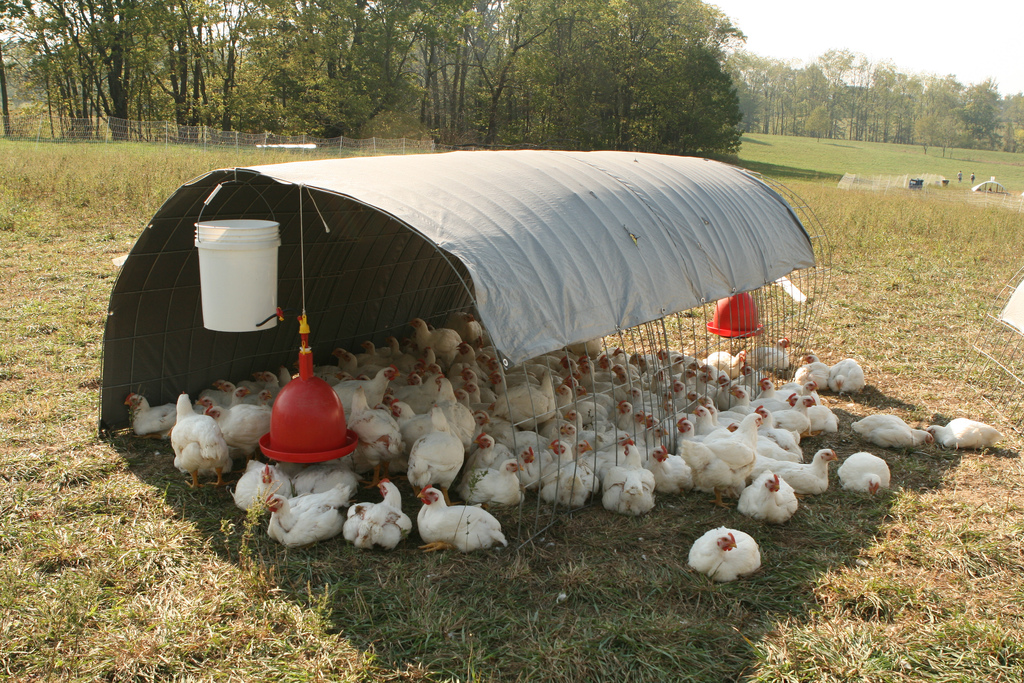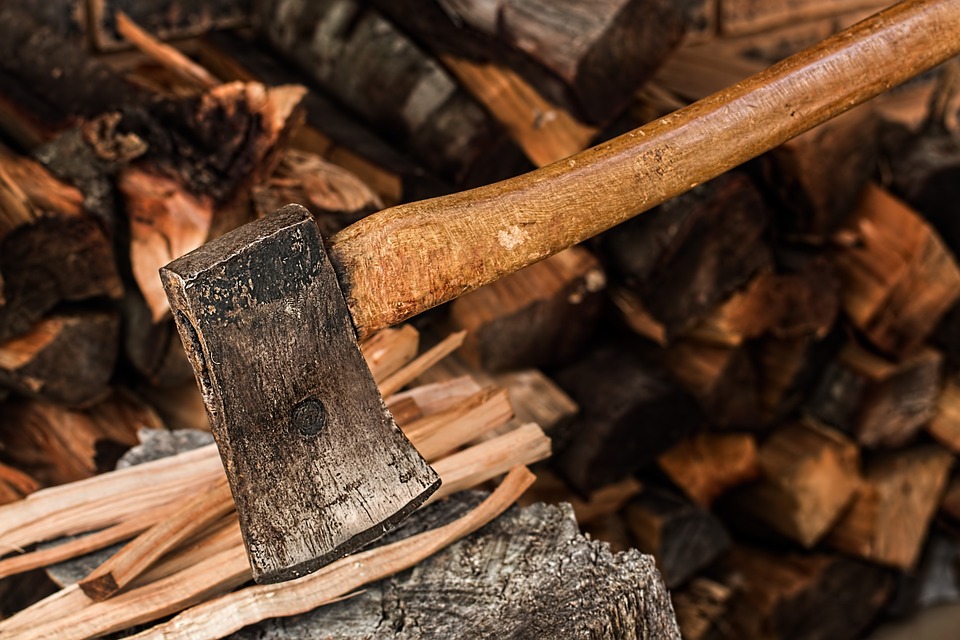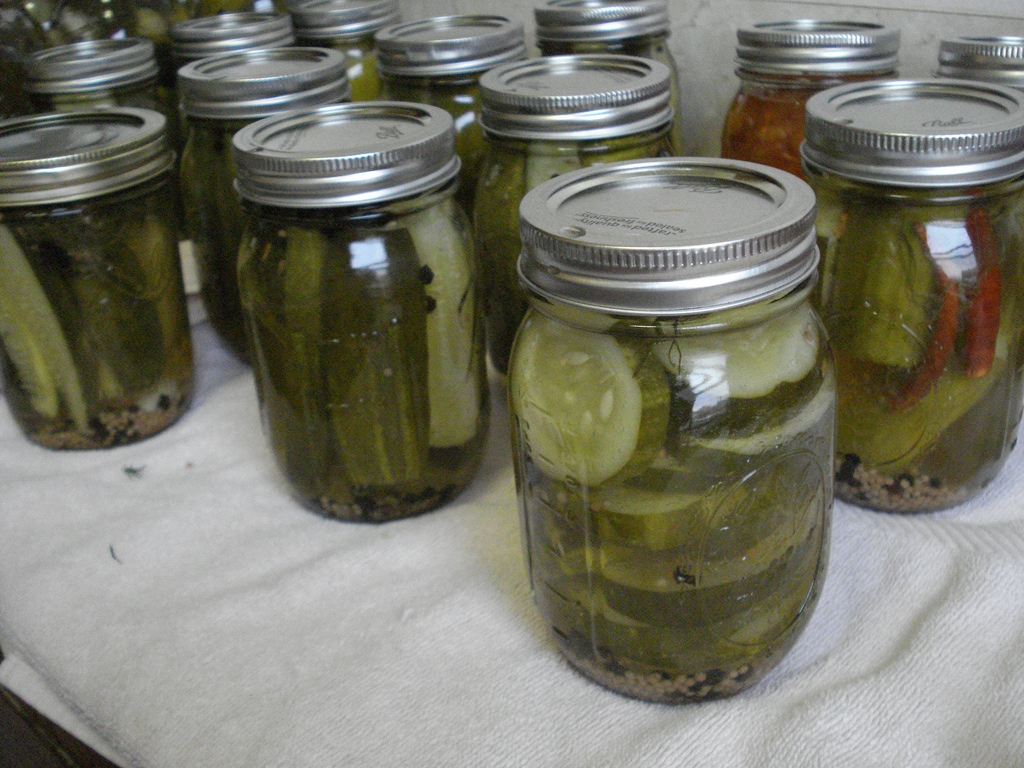Tips to Keep Your Chickens Safe from Predators
Most homesteaders have chickens. The chickens are essential for providing eggs, so you don’t want anything to happen to them. Of course, we all know chickens are delicious. And quite a few predators know the same exact thing. Therefore, you need to take steps to keep your chickens safe from all manner of predators. Here … Read more








